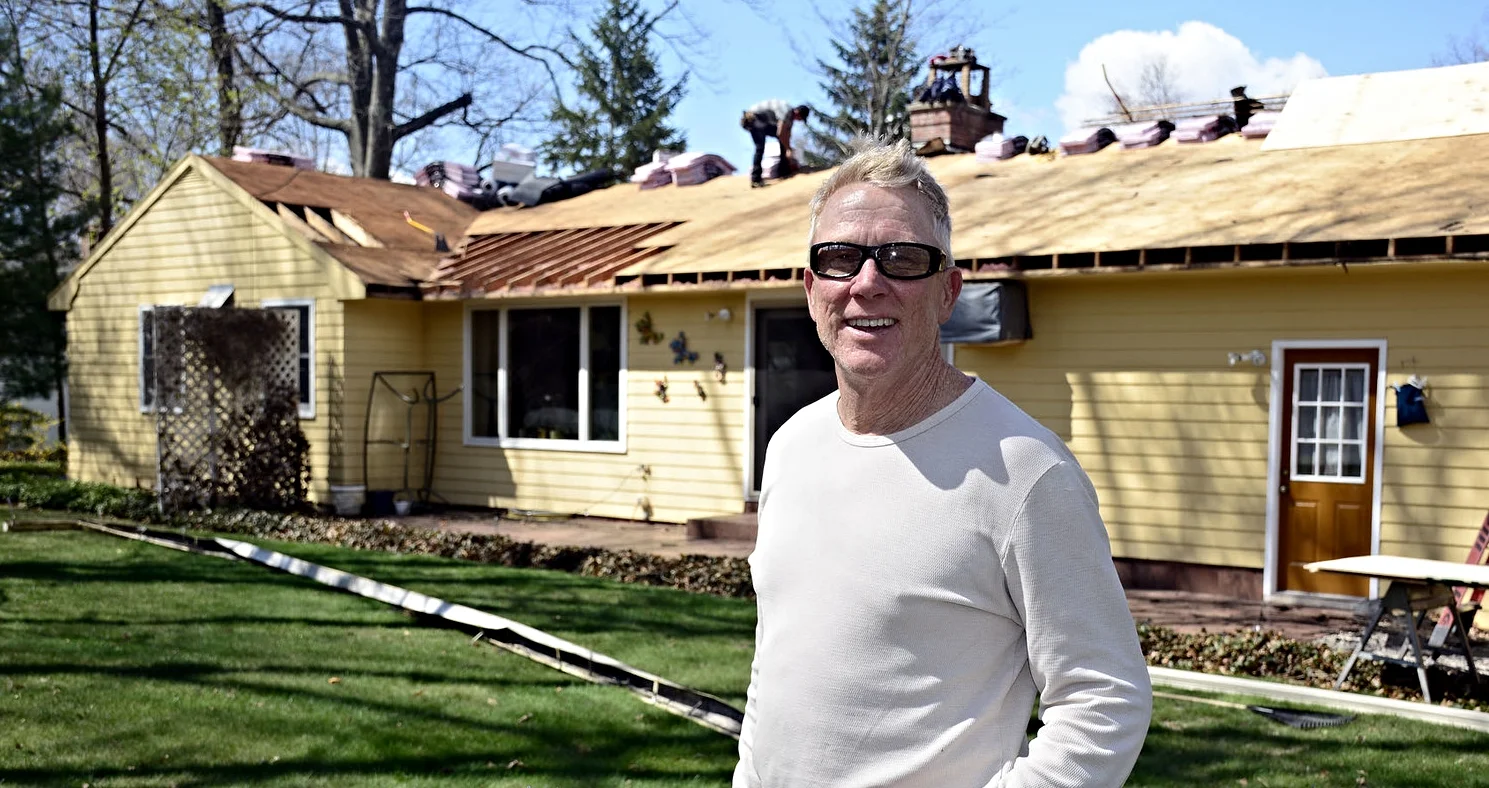Five Ways to Reduce Indoor Air Pollution This Summer
Chelsea O'Donnell
When most people think about air pollution, they envision smog and exhaust that heaves from factories and cars, contaminating the air that we breathe outside. But did you know that the air inside your home can be shockingly more polluted than what you’re breathing outdoors? Believe it or not, lead, radon, formaldehyde, dust, cleaning chemicals, mold, mites, and pet dander are all hidden pollutants living inside your home, affecting your family’s health on a day-to-day basis. While we don’t want to think about it, it’s a common reality that I see in houses all over our area and it’s doing more damage than you probably realize.
Because people are spending more time indoors when the weather gets as hot as it has been, we are seeing indoor air pollution take its toll more severely, especially in young children and elderly people who can develop asthma or breathing problems due to the hidden contaminants in their home. So what can you do to make sure your air quality is up to par? Here are five simple tips:
Get tested. Radon and lead tests can be done by a professional and are also available in at-home kits. If your home was built before the late 1970’s it’s a good idea to have it tested as lead-based paint was highly common and can cause a range of health problems, especially in young children. As for radon, it just so happens to be the number two cause of lung cancer in the USA.
Watch the water. Mold loves moisture, so if your home regularly clocks humidity levels above 50 percent, you’ll want to start running a dehumidifier. The amount of mold and mildew build-up I see in people’s homes would shock you, yet they wonder why their kids have asthma and their elderly parents can’t breathe. Here’s an extra tip: a humidity reader costs less than $10 at the local hardware store.
Clean your vents. Proper ventilation is vital to ensuring your home can breathe properly. While most people don’t have enough attic ventilation as it is, they also forget to clean the vents that are accessible and easy to maintain. The air conditioning filter, dryer vent, and even a blow-dryer are likely full of dust and dander, so be sure to keep them clean.
Go green. Household plants are a fantastic natural ally in keeping your air quality up to scratch. Palms, ferns, English Ivy, and Peace Lily are common indoor plants that also earn top marks for ridding the air of toxins. Just remember that you’ll need one plant for every 10 square yards of living space to keep the air clean.
Make it a habit. Cleaning the house regularly will improve air quality simply because dust traps chemicals and allergens in it. Upgrade your vacuum cleaner for one with a high-efficiency particulate air (HEPA) filter and make sure to wash kids stuffed animals regularly with hot water as dust mites love living in fabric materials. When you start running low on a household cleaning product, swap it out for an all-natural alternative without the harsh chemicals. While you’re at it, say goodbye to those synthetic fragrances too - according to one study, a popular plug-in air freshener was found to contain 20 different volatile organic compounds (VOCs), including seven regulated as toxic under U.S. law. An essential oil diffuser will do the job without the poisonous toxins.
Bob O’Donnell is the owner of O’Donnell Bros. Inc., a Bristol-based home improvement company established in 1975. Email your questions for Bob to info@odonnellbros.com with the subject line “Ask the Pro.” All questions may be considered for publication. To contact Bob for your remodeling needs, call O’Donnell Bros. Inc. at (860) 589-5155 or visit http://www.odonnellbros.com. Advice is for guidance only.
